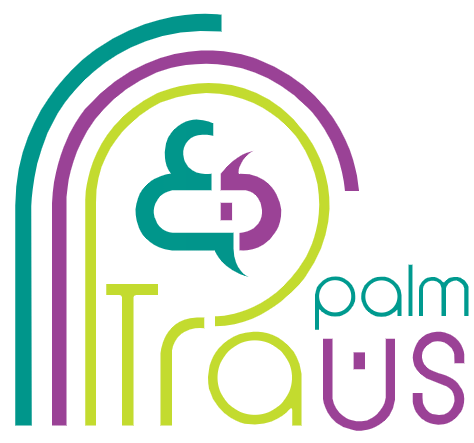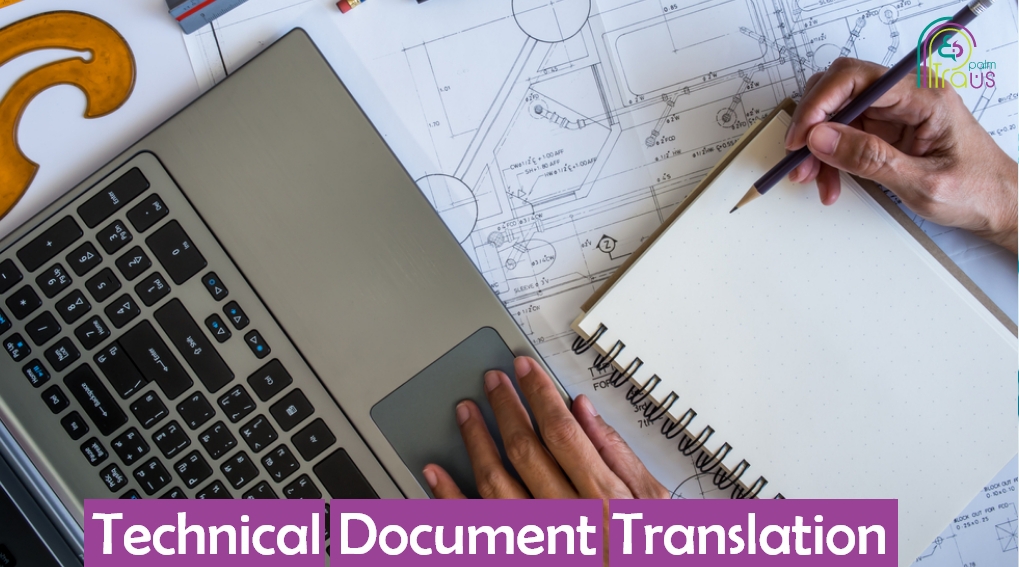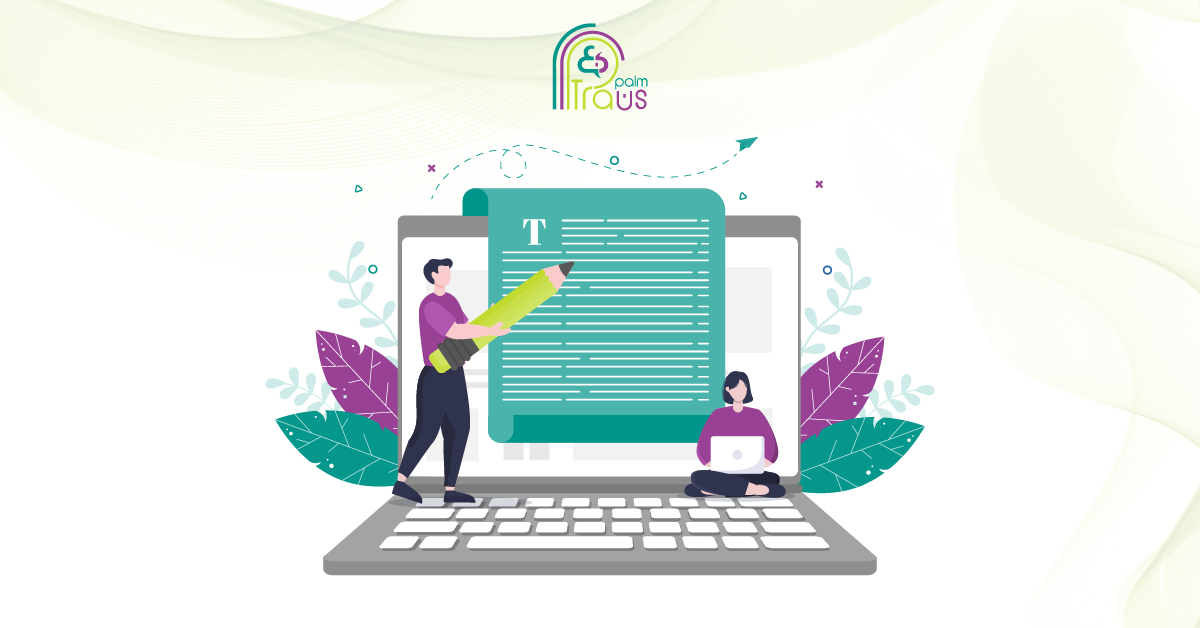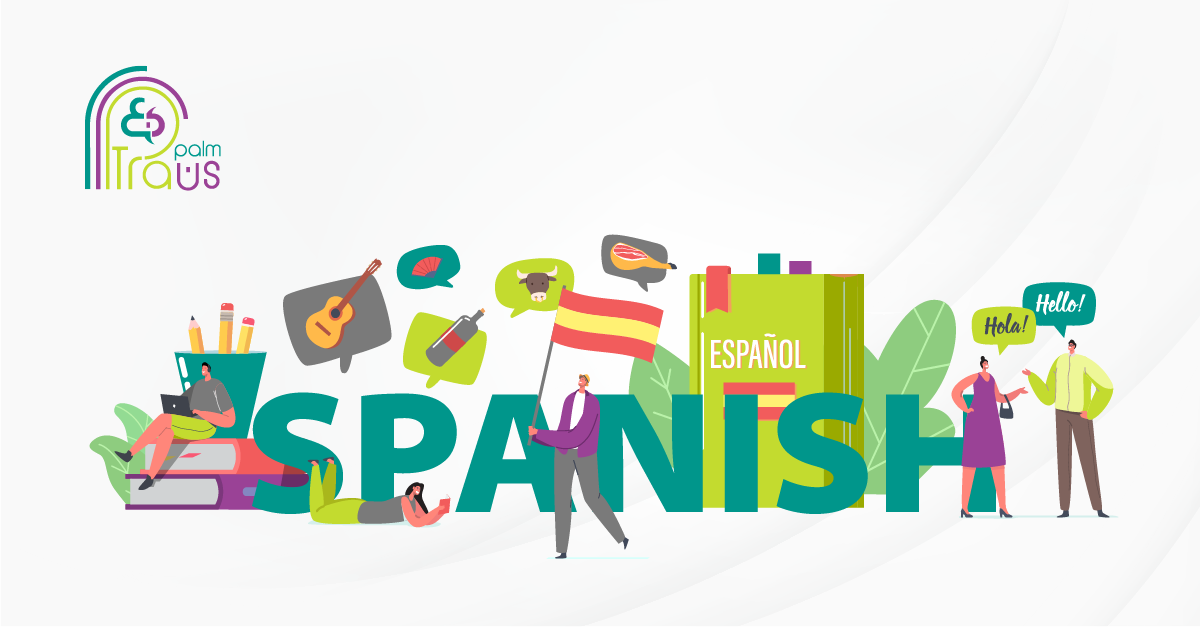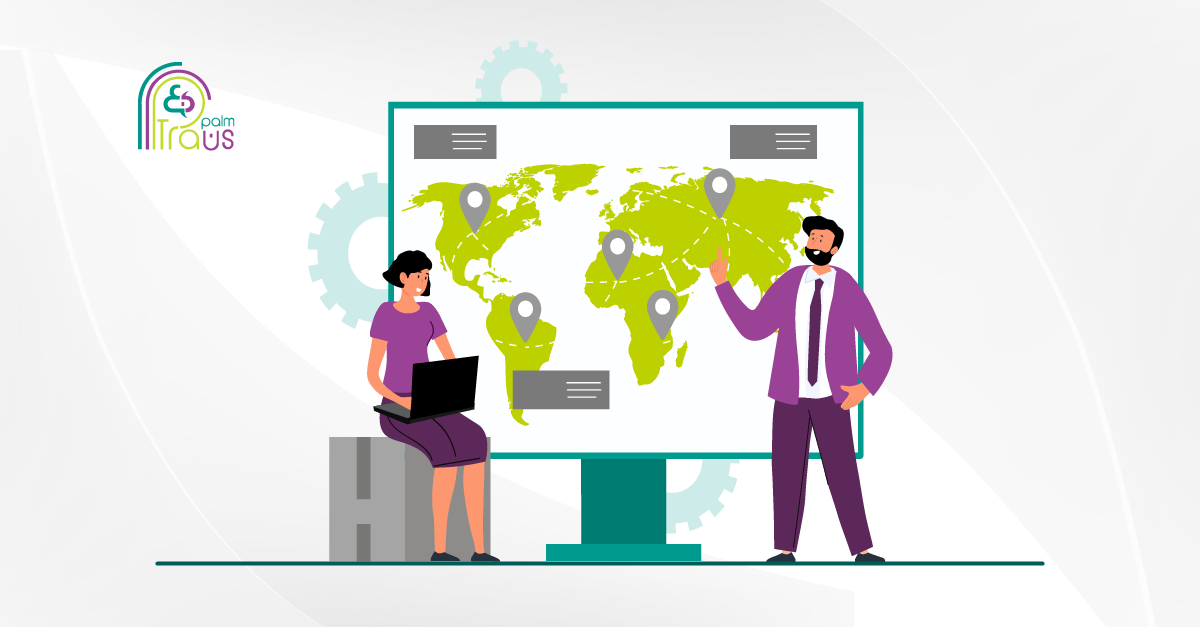You may be surprised to learn that nearly 90% of all translations done each year are technical.
This speaks volumes of the significant demand for technical document translation in a world where global expansion and cross-border collaboration is a strategic necessity.
Imagine sending a manual for a German electronic device to your Middle Eastern customers without translation, or worse providing them with poor-quality translation of instructions.
Technical translation mistakes have fatal consequences that are quite often more than a matter of inconvenience.
In this blog, we offer you a comprehensive overview of technical document translation, the challenges, and ways you can navigate these challenges.
What is Technical Document Translation?
Technical translation isn’t just about words; it’s about delivering knowledge, trust, and expertise across linguistic and cultural divides. Briefly, the technical document translation process involves the conversion of intricate documents from one language to another.
The goal?
To seamlessly communicate the intended message to your diverse global customers in their native language. However, beyond language conversion, to truly resonate with your target audience, the translation must be culturally sensitive.
You know, even technical terms have different equivalents in different cultures and need your utmost attention. So, regardless of the type of technical document, obtaining an error-free translation is crucial.
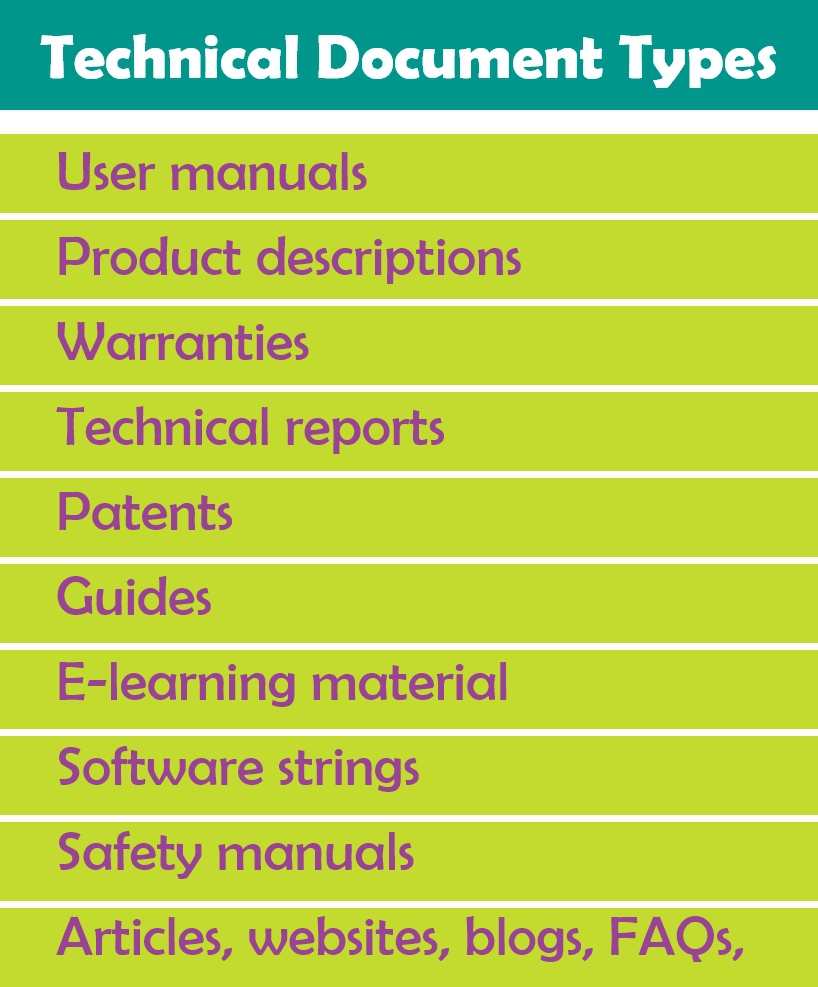
But how to achieve an accurate translation where there are no misunderstandings or incorrect information? That’s what we’ll answer on our blog today. But first, what are the advantages of technical translation? Or let’s say why it matters for your business.
Why Technical Translation Matters?
If 90% of annual translations are technical, then there must be some compelling reasons.
With more businesses operating across different regions and countries around the globe, and others considering and even planning to follow their lead, the need for multilingual communications has never been greater.
As your business is established in your home country, you are always looking to provide your customers and clients with the best possible experience to drive trust in your products and services as well as your brand.
Well, in international territories, it’s not any different. The first step to delivering this optimal experience is communicating in the language of your new foreign audiences. Hence, the need for technical translation.
Technical translation breaks down language barriers and makes your business more accessible to a global audience. Whether you are launching a new device or expanding your manufacturing operations overseas, technical translation streamlines the process through multilingual communications.
The more clear and accurate your technical translation, the more effective it is in maximizing your reach, engaging your new audiences, and establishing trust in your brand in new markets.
Challenges Of Technical Document Translation
Before we dig into the challenges of technical document translation, let’s look at a famous short story that serves as a great introduction to our subject.
In Germany, a bread-making machine produced toxic fuels that put several customers at serious risk. When the Regional Institute for Health and Safety in Düsseldorf investigated the matter, they located the issue. It was a mistranslation of the word steam (Damph) being confused with smoke (Rauch).
Cases like this can have severe repercussions. Also, they can affect the company’s reputation negatively by increasing product returns and complaints and reducing customer satisfaction.
4 Challenges You Need To Overcome In Technical Document Translation
It might be quite challenging to create an accurate and precise multilingual technical document while maintaining source integrity. You must consider several factors, like providing the correct meaning of the technical terms, comprehending the contextual meaning, conveying the message clearly, and ensuring accurate localization.
However, in order to achieve such a result, you must overcome the challenges that you will face. And what are they? Let’s explore them in detail.
➤ 1. Technical Terms: Understanding of Field Terminology
In technical document translation, word-to-word translations aren’t sufficient; even the simplest phrases can be intricate to translate.
One of the most distinctive characteristics of a technical document is the presence of field-specific terminology.
Incorrect handling of this terminology can lead to misunderstandings and misinterpretations, even running the risk of losing the contextual message.
Moreover, field-specific terminology needs to be consistent throughout a document and across related documents, which is another challenge that needs your attention.
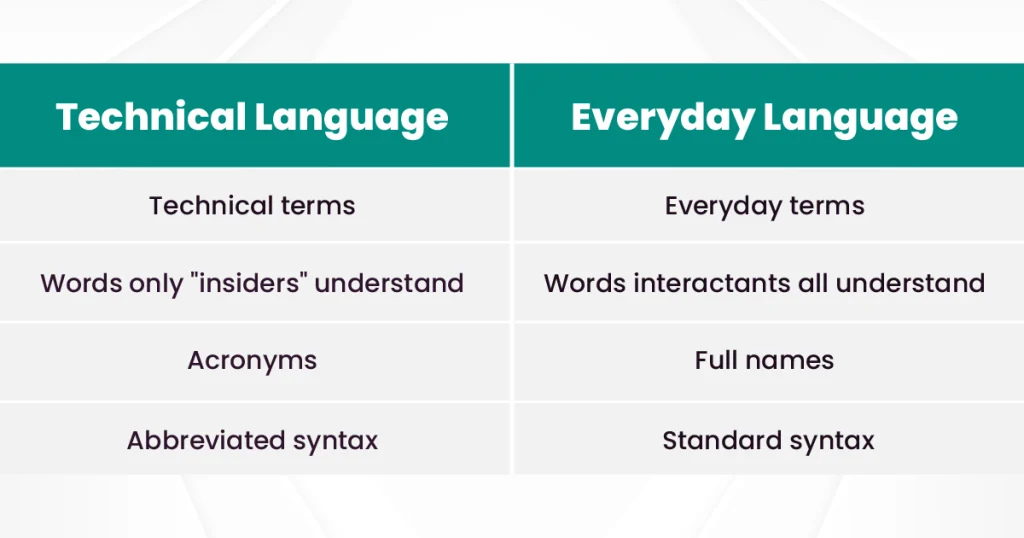
➤ 2. Multilingual Proficiency
Technical documents require the utmost clarity and precision; in addition to accurate terminologies and technical information, a professional grasp of the rules of the language is essential.
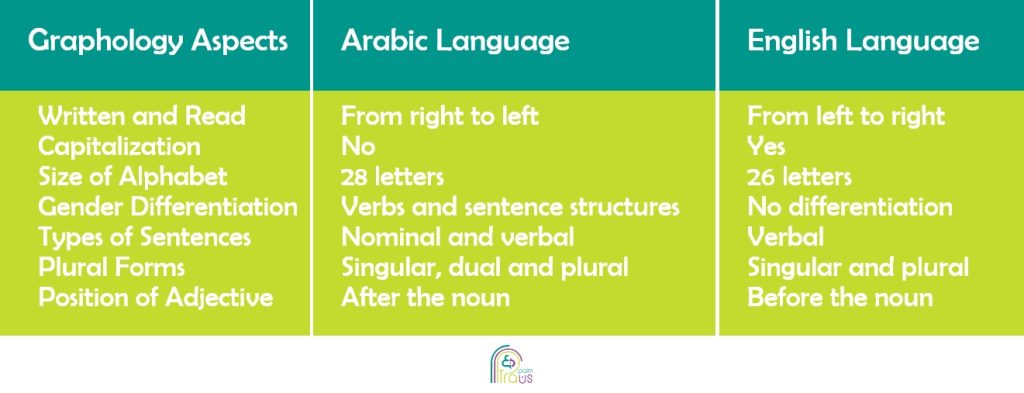
Looking closer, some of the related language challenges your translator must address are language syntax and lexicon. Technical documents often contain complex sentence structures that can be difficult to translate.
For instance, you might encounter a translation issue related to using pronouns in a long sentence. If the translator doesn’t fully comprehend the source language message, this will affect the translation outcome.
➤ 3. Localization: Cultural Differences
Technical documents are intended for a global audience. These audiences don’t only speak different languages but also have their own cultural frameworks.
This, accordingly, calls for a translation that adopts such cultural frameworks to resonate with your target audience. Hence, localization.
Technical document localization means adapting technical documents to a target locale by considering their linguistic and cultural aspects.
So, how exactly does a technical document become culturally relevant?
There are a few points to ensure they accommodate your target markets, such as
- Date formats, time formats, numbers, measurement units, etc.

- Idioms, phrases, and technical terms. They differ in terms of their cultural, contextual, and subject-specific natures.
- Content tone. For instance, you can’t use an ordering tone in some countries where they consider it offensive or impolite.
- Compliance with regulations and standards. Technical document localization ensures your document meets the target country’s legal and safety requirements.
➤ 4. Desktop Publishing: Visuals, Formatting, and Layout
Technical documents frequently include tables, graphs, diagrams, and other visual elements that help convey the document’s message effectively.
Here, you might face a significant challenge in maintaining the same visual quality as the source, when translating your technical document into another language, especially one that’s strikingly different than the source language.
Let us use a diagram labeling computer components as an example. What factors should you take into account for a professional outcome when translating the diagram from English to Arabic?
1. Text Directionality: English is written from left to right, while Arabic is a right-to-left language. In this case, you need to mirror the diagram layout, which will affect the placement of labels and annotations. You’ll then need to adjust all the elements accordingly to maintain readability and coherence.
2. Spaces and Arrangements: Converting your text from one language to another might cause text expansion or contraction.
So, if you’re translating the labels’ words from English to Arabic, you might have to use more white spaces, as Arabic words tend to be longer than English words. Eventually, the white space and arrangements of elements will ensure no overlapping or compromising of the diagram’s clarity.
3. Font and Typography: Each language has its own set of supported fonts and character sets. Continuing with our example, if you want to change the language of the content from English to Arabic, you must choose a font that is appropriate for Arabic and maintains your document’s consistency.
4. Colors and symbols: Colors hold different meanings in various cultures. For instance, while white might symbolize purity and innocence in Western cultures, it could also represent mourning and death in certain Eastern cultures. The meaning of symbols is also culture-specific. A symbol that’s innocuous in one culture might be deeply offensive in another.
Case Study: Consequences Of Inaccurate Technical Document Translation
In the US, a policy statement called “Ensuring Language Justice in Occupational Safety and Health Training” was published to share the effects of inaccurate technical content localization on workers of limited English proficiency (LEP).
It focuses on how foreign-born and LEP workers in the country need proper training through safe and culturally relevant content written in a suitable language.
In the United States, immigrants work in the most dangerous industries like construction, forestry, haunting, etc. And due to misinterpreted manual instructions, there has been a remarkable rise in fatalities and life-threatening injuries.
A few years ago, some statistics showed that the construction industry had the highest death rate among foreign-born workers. These numbers were mostly due to incomprehension of precautionary instructions.
Additionally, it is claimed that the financial burden of work-related accidents for those people is on par with that of diabetes and cancer.
Along with explaining the logic behind the statistics, the statement suggested a solution for how to close the knowledge gap and provide workers with safety training.
It emphasized that employers, union trainers, community health promoters, and educators must thoroughly analyze the target workers’ origins and backgrounds to ensure the educational materials and precaution manuals are successfully localized. They must be culturally relevant and written in an appropriate and understandable language for the workers.
Solutions: Technical Document Translation Challenges Resolved
Language intricacies, technical inaccuracies, inconsistent messages, etc.—how can you overcome the disadvantages of incorrect translations and resolve technical translation challenges?
➤ 1. Subject-matter Expertise: Accurate Technical Translation
The essence of a high-quality and consistent technical document translation is accuracy and clarity. The text should be flawless and leave the reader with no second thoughts. And to achieve this, experts with a deep technical background and language proficiency are essential. Here are a few reasons why a professional technical translation team is your winning card:-
Technical Expertise
- Localization Experts
- Professional Linguists
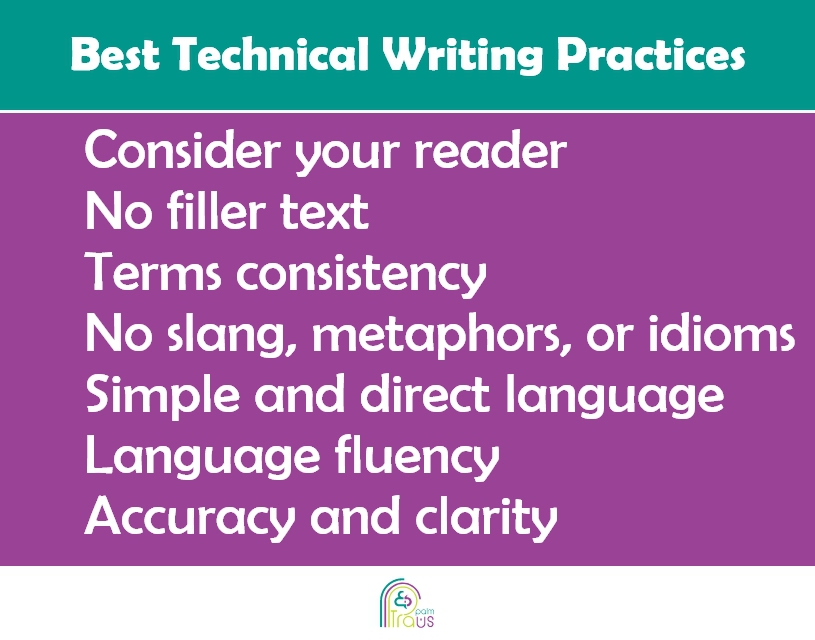
➤ 2. Comprehensive Quality Assurance Process
Having a second and third eye review of your technical document is crucial. Subsequently, you must conduct a rigorous quality assurance process to ensure high-quality translated documents that are accurate, clear, and cohesive.
In addition to that, your language service provider must follow the highest quality standards, such as ISO standards. These standards cover every aspect of your technical document, including linguistic testing, subject matter review, and DTP formatting and layout.
Linguistic Testing
Linguists verify language accuracy and clarity by checking for errors, mistranslations, or inconsistencies. They guarantee your document sends the message correctly without any hindrances related to complex sentences or misused pronouns.
Linguistic testing includes editing and proofreading, where your professional linguists review the content for any spelling, punctuation, grammar, or typographical errors.
Subject-matter Review
Subject matter reviewers ensure all your technical information is correct for consistent and accurate technical documents. They check that the technical concepts, industry-specific jargon, and technical terminologies resonate with the industry and meet the cultural nuances of the new target market.
Moreover, they maintain integrity and precision throughout the document by comparing it to the source document and removing misapprehensions and inaccuracies.
DTP Quality Assurance
Your DTP experts ensure that your visuals and document layout are consistent with your target language requirements and adapt to target culture nuances.
This involves visual elements, layout, fonts, adjusting layouts, image placements, and other design aspects while maintaining the document’s intended visual impact.
➤ 3. Cutting-Edge Technology: Streamlining Translation
When it comes to translating technical documents, employing advanced tools, like translation management systems (TMS) glossaries, CAT tools, as well as DTP and QA, is not just a plus- it’s essential.
As a result, when looking for a language service provider partner, make sure they have access to cutting-edge technology that will help you get the best results with the fastest turnaround time.
For instance, CAT and TMS tools can automate repetitive tasks, which not only saves time but also minimizes the potential for human errors. Also, glossaries include databases of approved terms and their translations to maintain uniformity across documents.
DTP technologies meticulously align images, layouts, and design elements with the target language, ensuring a seamless cohesion of linguistic and visual communication.
Meanwhile, QA technology addresses all of your project testing requirements, whether they are linguistical, cultural, or technical. They allow your team to conduct thorough scans that identify potential errors, inconsistencies, or deviations from the intended meaning.
TransPalm Technical Document Translation Solutions: Build Trust Globally
Technical document translation is a critical process that requires the collaboration of subject-matter experts, professional linguists, DTP experts, subject-matter reviewers, and quality assurance specialists with the help of cutting-edge technology.
This diverse expertise and all-inclusive professional translation services are where TransPalm steps in. At TransPalm, we help you build trust with your target audiences and gain their loyalty.
We offer you comprehensive technical document translation services where our expert teams ensure an optimized translation process and a professional technical translation for your documents.
TransPalm has partnered with thousands of customers worldwide in over 120 languages on numerous specializations. Ultimately, no matter your content type or field, we are here to meet your needs. We are also committed to applying ISO quality standards to ensure your documents follow the best quality assurance practices.
Discuss Your Project with Our Experts.
